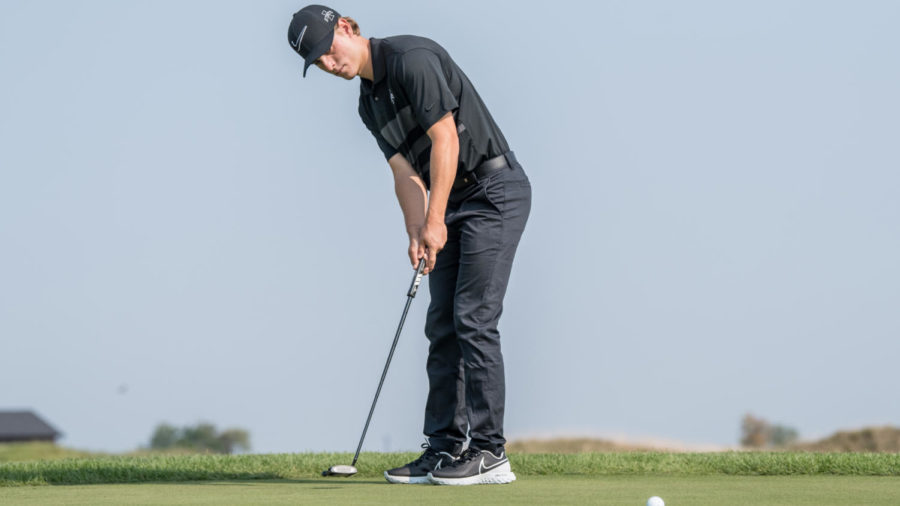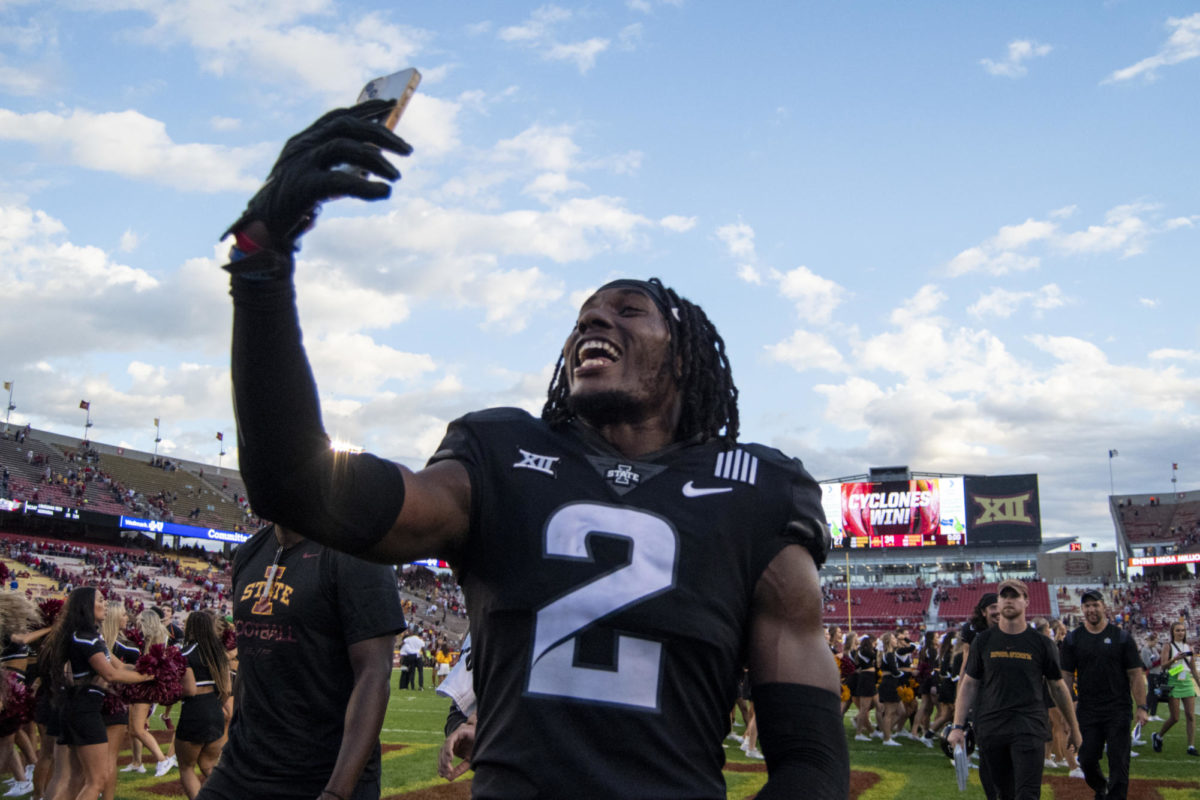Aero team gears up for sophomore season
September 20, 2017
The Society of Automotive Engineers (SAE) Aero team is in their second year as part of SAE and this fall plans to push the program to new heights before their competition in March 2018.
The SAE Aero team was originally a part of the Make To Innovate (M:2:I) program that is housed in the aerospace department. After the spring 2016 semester, the team leaders of the M:2:I team reached out to the SAE International organization at Iowa State to propose an addition to SAE for an aero team.
The group of students who were formerly part of the M:2:I group officially became the SAE Aero team in September 2016.
Aero will be traveling to Lakeland, Florida for its second competition in March 2018 to showcase new ideas and manufacturing processes learned from their inaugural season. This competition is held annually and hosts 75 collegiate teams who compete with RC-powered aircraft to transport mock payloads and demonstrate the ability to take off, maneuver the airplane and then land again.
“We were limited to only having 15 members for the M:2:I group, so to have a lot of new members like we do now is an awesome thing,” said Brian Gerike, project manager for the aero team.
The team is broken up into three separate sub-teams: aero, propulsion and structures.
“I am in charge of integrating all the components together,” said Mike Groth, a senior in aerospace engineering. “I’ll take what the structures team is doing and combine it with the aero team and propulsions team. If something doesn’t fit, I’ll say, ‘Hey, this part doesn’t fit or won’t work, so it needs to be redesigned to comply with these other parts.’”
Groth utilizes computer-aided design (CAD) software to put together a mock-up of what the design will look like and make other adjustments that suit changing design parameters. Groth said that this year they will create a scale model of their final design to test new ideas before putting them on the final project.
“We want to see how everything works, making sure that the electronics work and doing all of our design work on the scale model before putting it on the full-scale model,” Groth said.
The team plans to spend the majority of the fall semester designing the aircraft and anticipates beginning the building and testing phases sometime in the early spring semester.
“One of the software programs we use to design our airfoils is called XFLR5,” said Colton Mundt, a junior in aerospace engineering. “It’s an analysis tool that lets us estimate our airfoil performance in 2D. Things get more complicated in 3D due to the vortices that come off the end of an airfoil, so the XFLR5 software makes things a little easier with 2D estimations.”
One of the biggest challenges the team faced during last year’s season was the experience of starting an entirely new SAE team.
“We definitely learned how not to build an airplane,” Gerike said. “A lot of it was manufacturing lessons and some timeline lessons. Our timeline got really scrunched during the end of last year.
“We’re hoping to overcome those challenges better this year because our foot is already in the door and we don’t have to start from scratch again.”
Another challenge the team faced last year was simply learning how to design the plane. Gerike explained that the team would decipher the SAE Aero rulebook and design their plane from that, but he said the team hopes to create more of their own design this year.
With the expansion of their budget, more team members, and a sense of what the competition requires from individual teams, Gerike expressed excitement for the new SAE Aero team.
“We’re really excited to be on our own this year and build on what we learned last year.”















